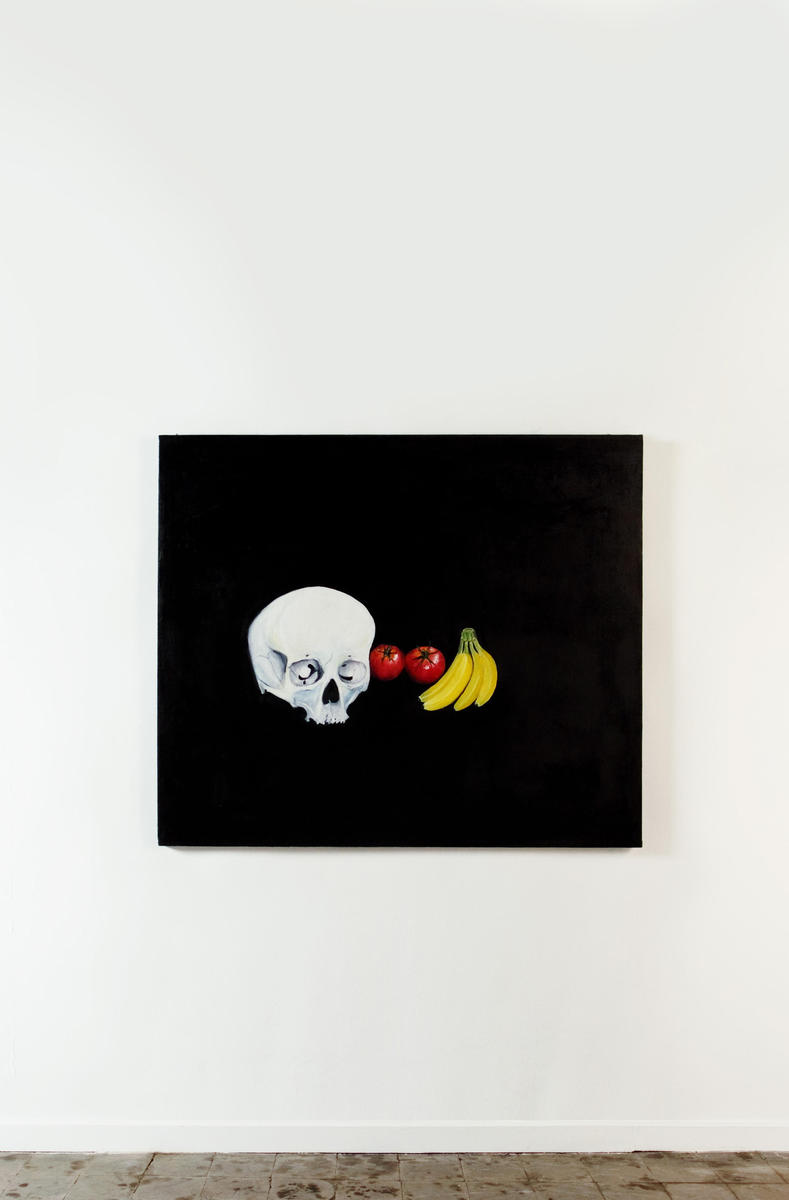
Our special folio this issue affords an opportunity to hear from a highly invested, engaged, and rather critical group of cultural practitioners. We’ve collected four analytical rants that take the packaging of the artist as their starting point. Cairo-based artist and filmmaker Sherif El-Azma presents a highly unfashionable critique of the faded grandeur of downtown Cairo and its emotional and intellectual ramifications on an art scene dominated by the hustler and the tourist. Nav Haq, contemporary art curator at Arnolfini, as well as co-curator of the controversial exhibition Lapdogs of the Bourgeoisie, shoots down the art world’s fetish for “celebration” as a recurring trope in the discourse surrounding cultural events in “diverse” locations. Nida Ghouse — member of two curatorial and artist collectives (Mumbai-based CAMP and Pericentre Projects in Cairo) — investigates what’s left in the cupboards of artists after curators have passed through. Finally, artist Mahmoud Khaled, Alexandria’s most famous and vocal critic of residency programs, explains why residencies remain vital to his practice.
—Hassan Khan

Major cities like Cairo act as magnets, pulling all economic and cultural activity to them. Cultural activity gravitates toward a highly mythologized and romanticized heart — in this case, the old center of downtown Cairo. It’s my intention to raise some questions concerning the use of that urban location as a phantasmal space. To start, how is that center mythologized? And how does it really function?
Centralizing cultural activity in one place necessitates a stage on which such activity can appear, where different factions of the cultural scene perform their identities. Slowly, a series of relationships and differences among players comes into view. Competing players in Cairo range from international cosmopolitan art types to the remnants of the Sixties left-wingers to young and trendily punkish local practitioners. The simple act of appearing onstage objectifies all the players, turning them into easily consumable cultural products. The greatest irony is that the very space that highlights difference among all the cultural factions of the scene ultimately dissolves that difference by transforming the players into objectified products. You’ll find liberal post-leftists echoing, say, nostalgic royalists in their glamorization of the architecture of an imagined belle époque, or the lost daughters of the haute bourgeoisie sharing the same aspirations and ambitions as the bohemian artist-hustler.
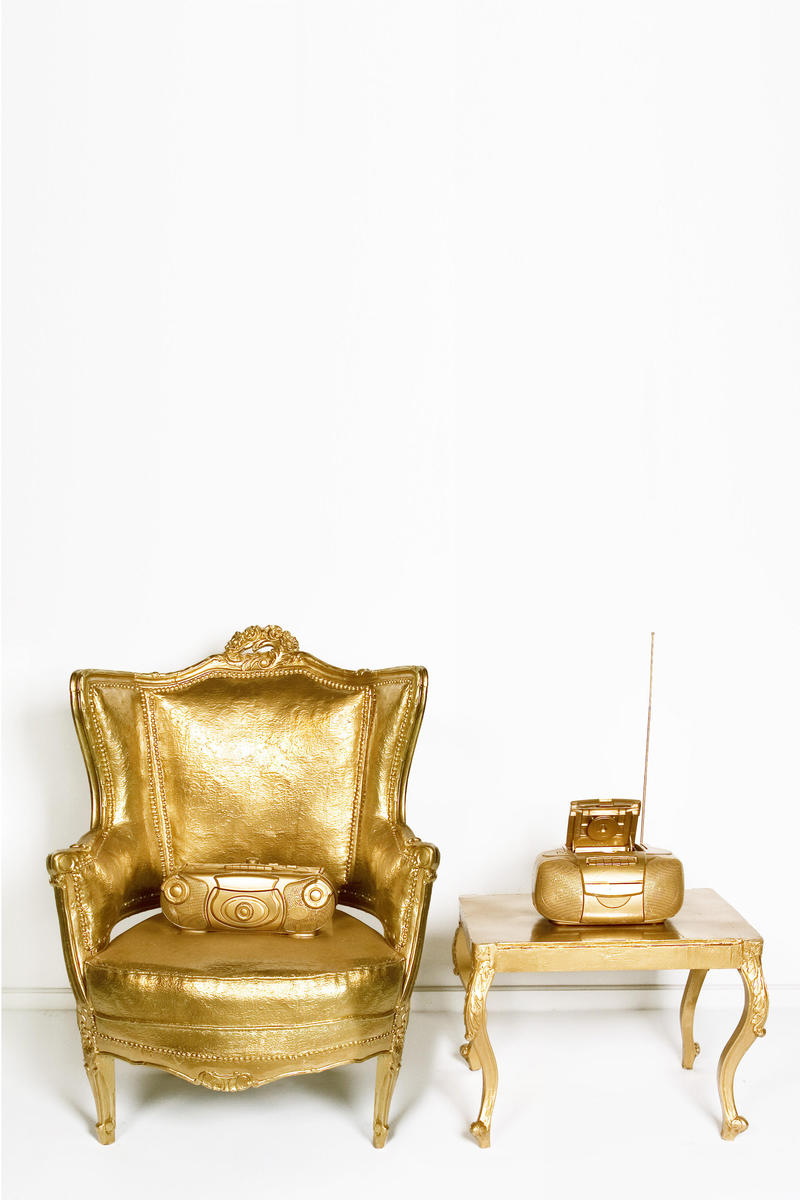
The gilded stage of downtown Cairo exists as a metaphor, a physical location with clearly demarcated borders, while at the same time it’s a subconscious condition that operates in the imaginary of all the participants in this miniature ecosystem. By hosting all the different elements of an art economy — from “independent” institutions to studios to the places people simply gather socially — it also becomes the site where the label “art,” that validating stamp, is meted out. In a sense, art cannot really exist in other Cairo districts, such as Heliopolis or Shubra, unless it’s imported into the downtown mindset.
But how does downtown Cairo subsume the practices that occur under its sign? First and foremost, some practices might not need the ornamentation and formality implicit in a gilded stage. The power of the stage is that it draws its own addicts and followers, regardless of what’s presented on it. We find practitioners whose only interest is standing in the limelight, rather than engaging in the actual practice they profess. We find audiences attending a sit-down punk concert in a cultural center. The place transforms potentially subversive, subcultural activities into officially sanctioned events. People want to be associated with the history of that stage, since that history is the only record and validation of what they do.
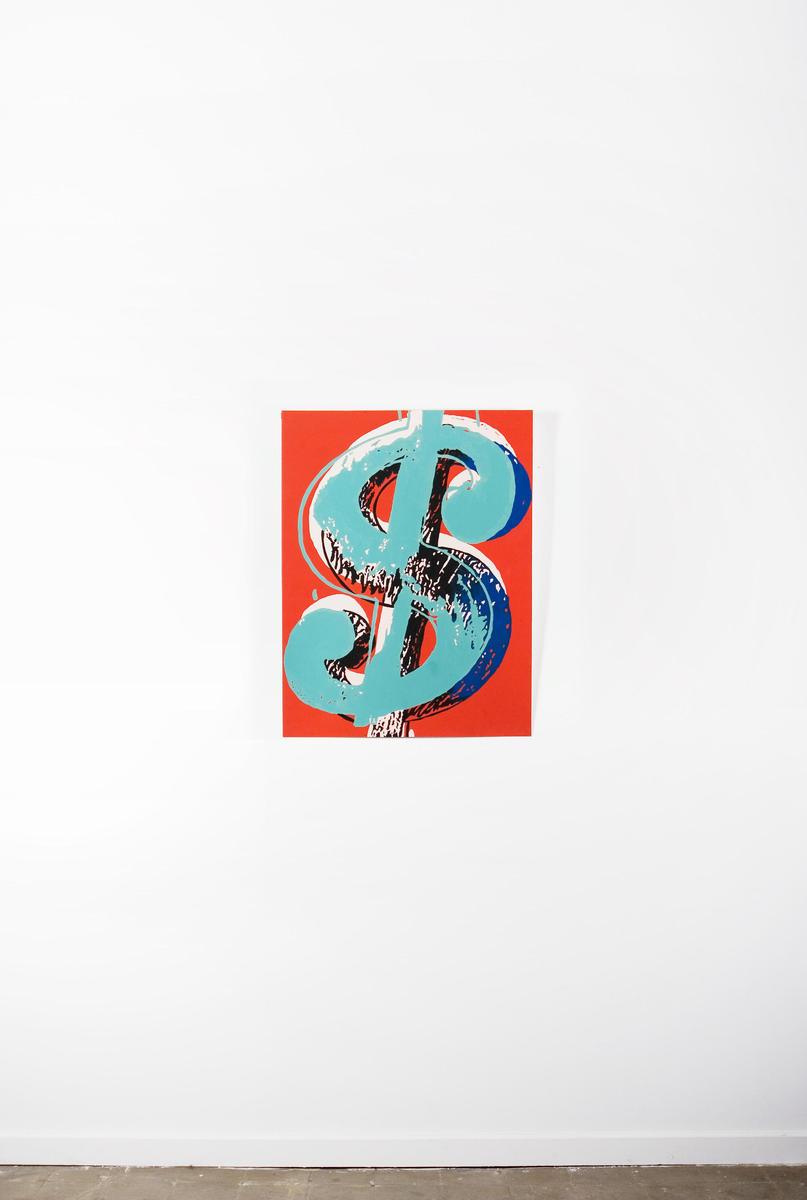
Downtown is attractive for members of the culture industry because it’s a place whose identity is both “authentic” and totally abstract at the same time. There is, too, an association with political history, mainly of the left-wing oppositional type; but it’s a vague association that doesn’t really demand the more exhausting, more difficult responsibilities of a truly committed relationship to political action. And because downtown is seen as a refuge for the Other in general, a diffuse ambience of political engagement and activism pervades the scene. It’s as if downtown is the sphere in which all alternative lifestyles can be accepted and even contained. It’s a ghetto that transforms the potentially subversive nature of the alternative into an attractive and exciting spectacle for the mainstream. The subtext is that through the general ambience of the district, all of us cultural practitioners who share the district feel that we belong to some kind of oppositional politics; we live in an atmosphere of ideological commitment without actually committing to anything.
The second element at play here has to do with the nature of the geographical space, the illusion that everything is in flux, is transient, doesn’t belong to anyone or any one thing. Downtown is felt as a purely public district, without the weight of residential and community history. It offers, simultaneously, a glamorous history and a clean slate. What marks both conditions is that they are both only possible as phantasms, fictions, or myths; neutrality is always a lie, and laying claim to an oppositional political history without a profound sense of self-reflexive engagement is the worst kind of false consciousness.
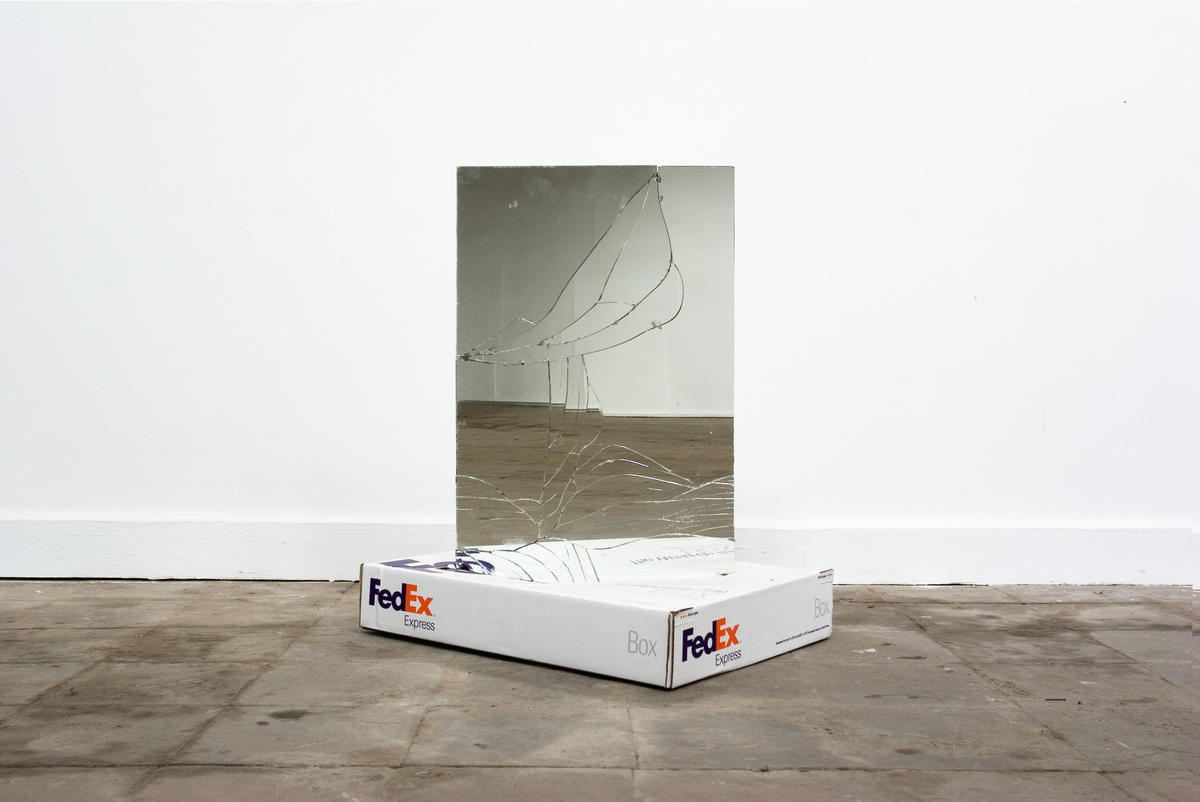
Cairo’s is a young art scene, in which misfortune is celebrated — a scene unable to affirm its own independence, a scene that will always thrive on the instincts of a liberal and charitable humanism. An artistic practice that bases itself upon grand narratives (whether about refugees, the working class, women, or Islam) will always leave symptomatic traces that appear in the work, most often manifest in the model of artwork as “personal” history. These symptoms indicate two things: a space of confusion in which artistic practice becomes a form of charity, and the situation where the hustler and the artist become one. You see, both rely on the same strategies for their survival.
Let us imagine a highly interesting painter who has come to Cairo out of an isolated fishing village. Curators have come from far and wide to see his work, but the same question always arises: Do we want to find out more about this painter and his work, or are we trying instead to detect the fishing village in his work? The space of downtown therefore becomes more like a fetish that serves the purpose of framing the artist. As a consequence, one never really has to deal with the artist or even the place itself. The location has become a backdrop and the artist an element of the set.
All that said, I find nothing more nauseating than the current arguments against the ongoing process of gentrification in downtown Cairo — often championed by actors within this “scene.” Is theirs really an ideological position? Are people actually fighting for their community? Or is it that because of this real-estate takeover, downtown will lose its vintage, faded grandeur? Why do people whine about the transformation of their belle-epoque ghetto into a commercial toy-town? I suspect that this is only a defense against the disappearance of a fetish that has proven extremely useful. If the artist is a hustler, the tourist poses in curatorial drag.
—Sherif El Azma
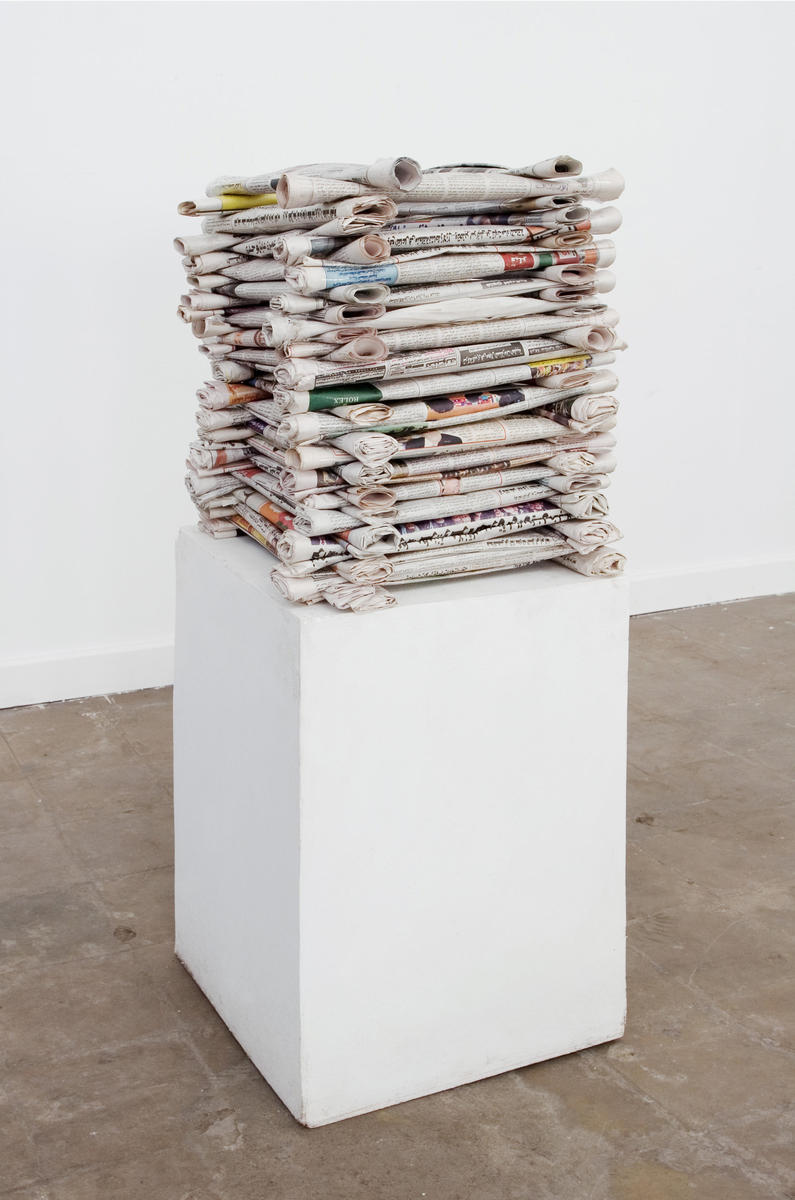
It’s easy to imagine that art revolves around parties. There’s always so much to celebrate — exhibitions, refurbishments, acquisitions, patronage, and lifetime achievements, among other things. Institutions most often play host, organizing receptions, galas, and previews for all these various occasions. And indeed it’s always a privilege to be invited.
Vernissage parties (and after-parties), which celebrate the opening of a new exhibition, are the most common variety. There is the finissage, to celebrate the end of an exhibition, and apparently even a midissage. There are occasions to acknowledge the good work that museums are doing, housewarming-style parties to mark the opening or reopening of an institution, awards ceremonies, fetes for anniversaries, and crucial fundraising galas. They’re all part of the social economy of art. But when does celebration itself become problematic? When does it go too far?
I find it fascinating how certain words appear in particular contexts time and again. In the not-too-distant past, I lived in South London, where it wasn’t uncommon to come across the word “vibrant” in newspapers, local council literature, and elsewhere, to describe a district of the city such as Brixton. What “vibrant” really meant, of course, was that a lot of black people lived there. Such areas might be a bit “edgy” for some, but the locals are surely content, making plenty of “noise,” selling colorful fabrics and exotic fruits. It follows from those details that they’re always ready for festivity.
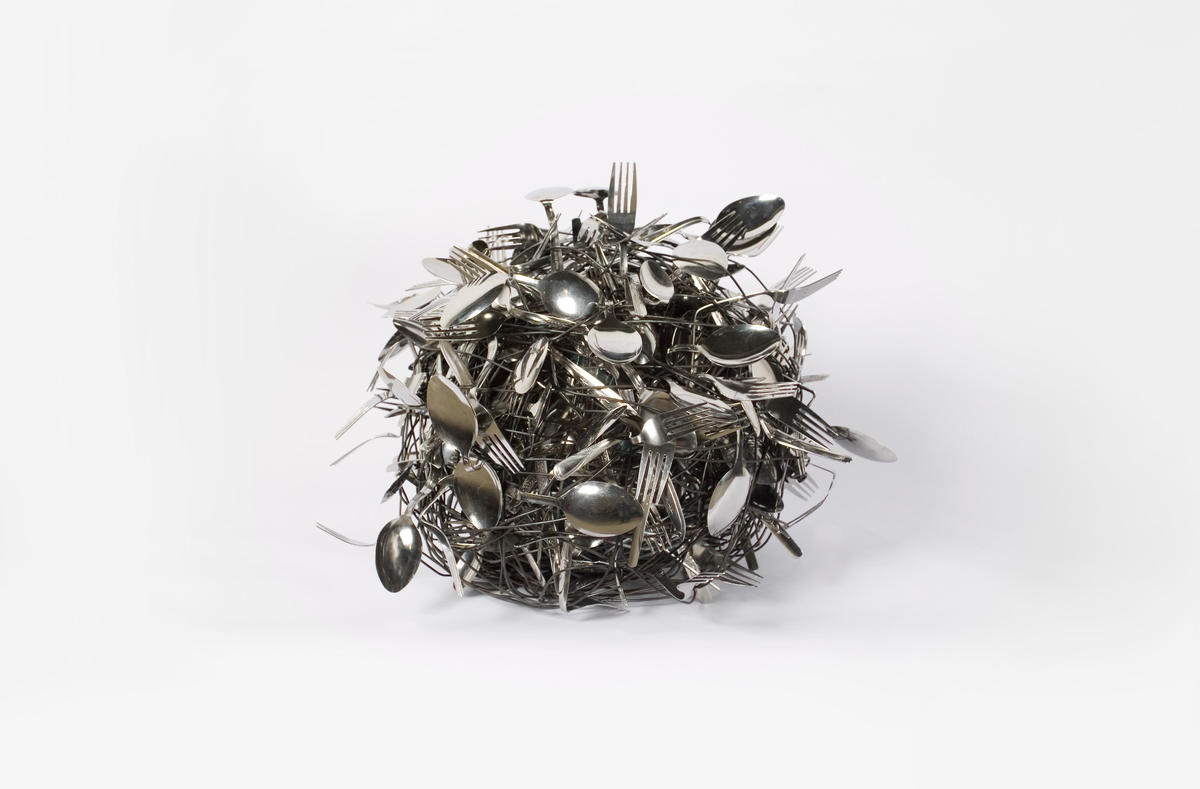
Art institutions have their own special lexicon for when they work with artists (and, occasionally, audiences) who sit awkwardly within their traditional curatorial frameworks of practice and reference. The word “local,” for example, represents another somewhat discourteous term, invoked when an institution wants to communicate to the world that it does, on occasion, work with less-established artists. “Voices” is yet another common term, applied to so-called third-world artists, evoking frail, human, emotional stories from the battle-scarred, crisis-ridden outback.
But the word “celebration” is something else altogether. Normally found in either the snappy opening paragraph or the pensive last paragraph of press releases and exhibition guide texts, it’s a word often used with regard to foreign, predominantly non-Western artists, especially as gathered together in the ubiquitous “regional representation” exhibition. The type of celebration here, more akin to the surprise party, is sprung on groups of artists hailing from the same country or region, who have succumbed to exhibiting together in this anachronistic yet tenacious format.
For artists, having your exhibition billed as a celebration must be a bit like encountering one of those flash-mobs, where everyone seems to be in on the same joke, except for you. The general tone is radically different from the norm, creating situations in which the pecking order between institutions and exhibiting artists becomes excruciatingly transparent. The message translates, roughly, as “Congratulations for making it this far!” To the public, artists are portrayed as happy-clappy ethnics — expressive beings, always grateful, always ready and waiting for a carnival to break out in the self-conscious bourgeois museum.
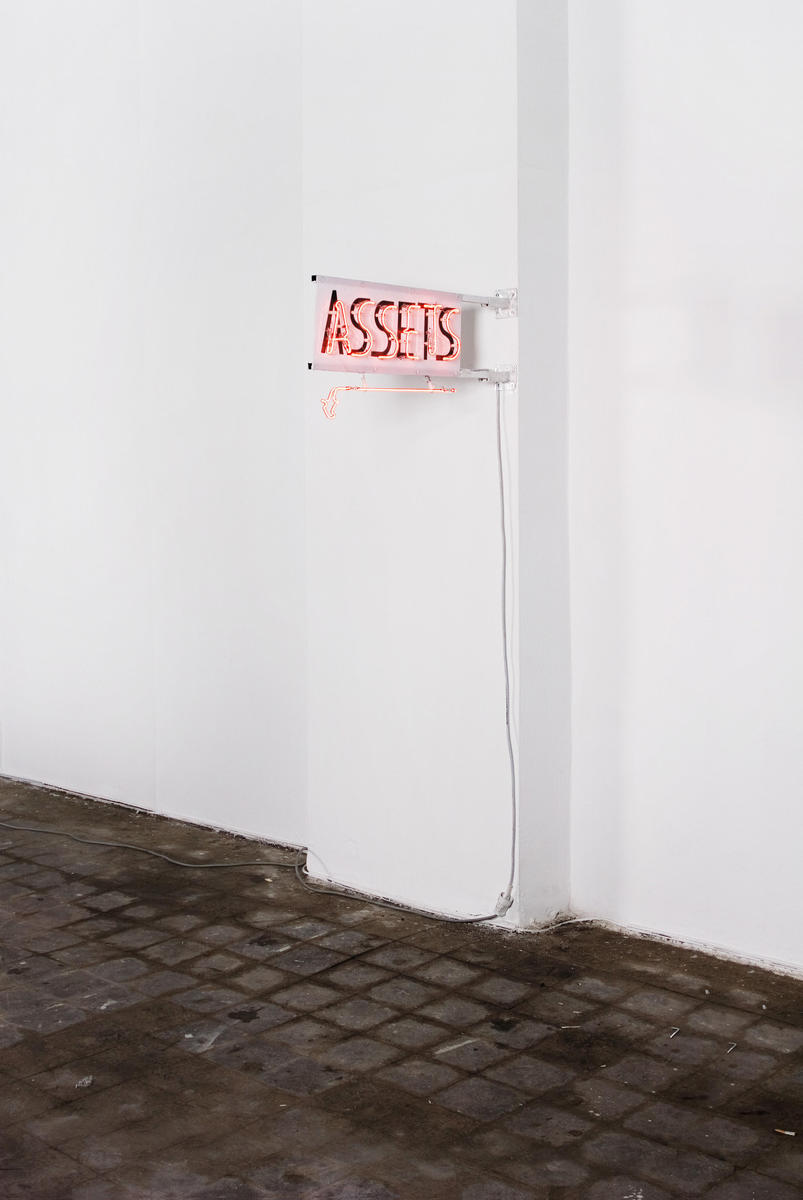
More prolific artists are surely bemused to find themselves generating so much fun around the world. Why is it that whenever I’m with this grouping of artists, someone always throws a party? (The fact that artists exhibit alongside the same peers again and again is a different, though not unrelated, issue, one we’ll set aside for now.) As with any surprise party, a lot rides on the reaction of the honoree(s). When the lights come on, some artists recoil, while others revel in delight, lapping up the attention, perfectly happy to perform for their patrons. Both responses are unfortunate in their own ways.
I’m no killjoy; celebrations are often important occasions. They’re markers for reflecting on how far something has come, and for projecting ambitions into the future. Internationalism in contemporary art is often about celebrating difference, unlike market globalization, which is about striving to harmonize the machineries of communication, economy, and mobility. For globalization, this harmonizing offers at the very least a kind of technological lingua franca. In the art sphere, the acculturation occasionally yields the sense that we haven’t quite discovered our own common language yet (other than the prerequisite ability to speak English, that is). It’s when celebration dissipates any attempt at criticality and intellectual relations that it becomes a problem.
Having been present at the openings of many of these sizeable group exhibitions and festivals — including, for example, Africa Remix at the Hayward Gallery, London, and the Images of the Middle East festival in Copenhagen — I’ve witnessed, if I’m to be particularly severe with my analogies, a present-day form of bear dancing, with foreign artists performing before appreciative crowds. Often these openings have a Putamayo vibe, as was the case at the opening of MoMA’s Without Boundary, where exotic canapés were served and live bands evoked the sounds of acoustic Arabia. For an artist of conscience, it’s a serious dilemma: either turn down such exhibition possibilities and risk losing high-profile opportunities for supporting one’s artistic life, or agree to such exhibitions and subscribe to an unsolicited identity. When embracing the latter, there’s no better time to assume the ethnic mantle than during a good party.
—Nav Haq

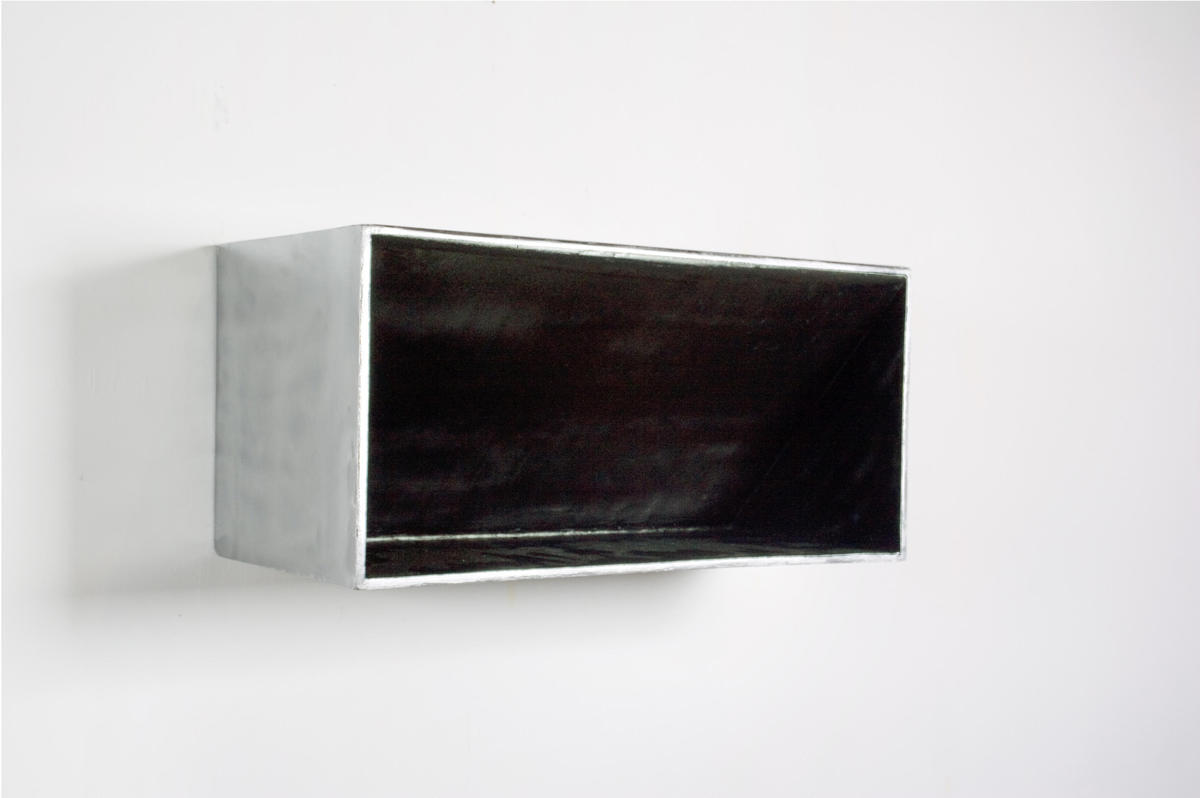
I spent a stretch of 2008 landlocked in Cairo, not too far from an art scene in which news about international contemporary art shows, especially those of the survey-seeking-to-be-seminal sort, would trickle in and turn into discussions about the claustrophobia of catchall categories such as “Arab” and “Islamic” art. These rants would be directed at the contemporary art condition that caters to a vaguely defined concern for “the region” (curatorial attempts to understand or engage with the Middle East seemed, for one thing, to falter by reducing all matters of culture to political crises). In this context, artists often felt straitjacketed into identities they didn’t always care for, much less ask for.
At a symposium on the occasion of PhotoCairo 4, artist Raed Yassin declared that he had been turned into a “war-artist product.” Sometime after the summer of 2006 in Lebanon, when he realized that he was only being asked for works about postwar Beirut, he opted to assume the “war artist” tag and see what would come of it. He made a work in this vein while in Switzerland. Describing a true incident in which a missile destroyed his Beirut apartment, he extended the anecdote into an outrageously dramatic fictionalized narrative involving a pop singer and a party.
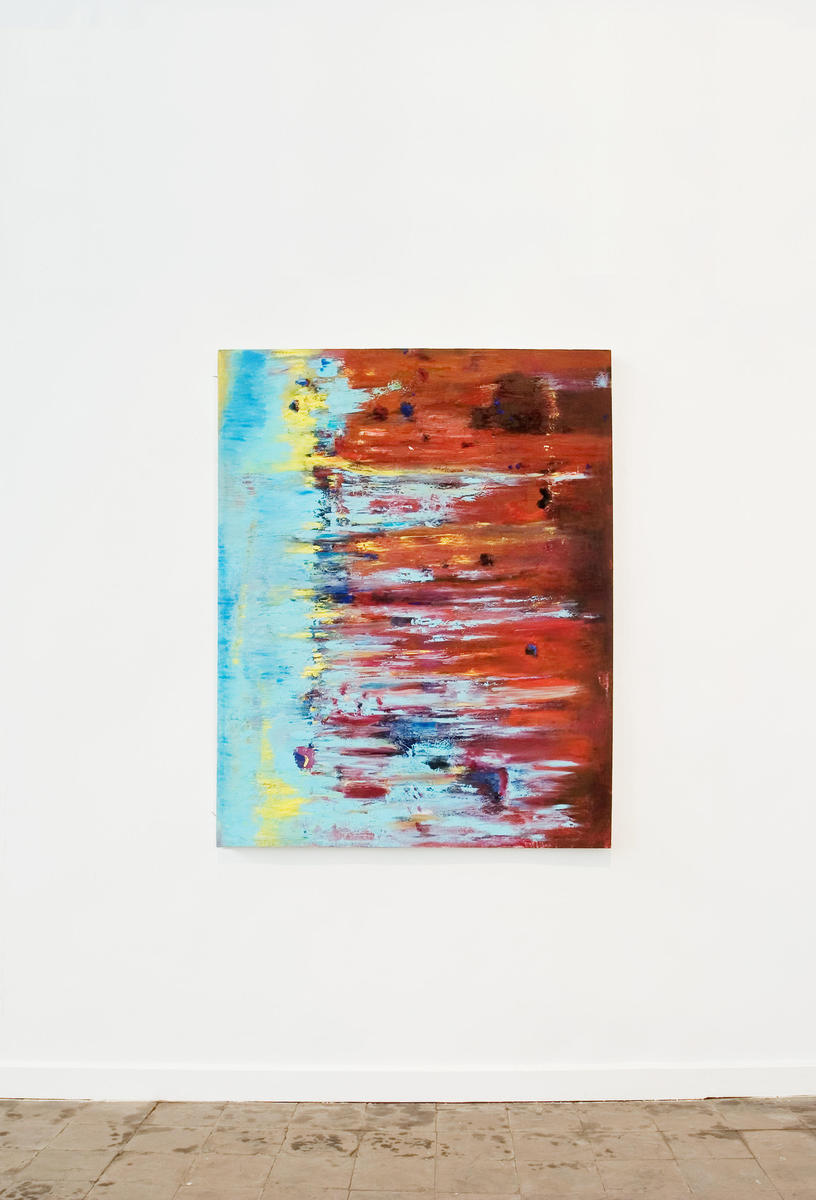
What Yassin was most surprised to discover was the built-in plausibility of his tale as he performed his war credentials; the work was well received, and just about everybody believed it to be true. Of course, his mode was mostly mocking, but where the compulsion originated was far from comic. He was deeply disturbed, for he felt that the avenues available to him for artistic expression were drastically shrinking. He found it difficult to show some of his favorite pieces — ones that were important to his practice, like the one he had playing in the background during his talk, titled Tonight — simply because they didn’t conform to prevailing preoccupations.
I moved back to Mumbai in 2009, and the context in that city was a bit different from the Cairo scene. India and its bold economic attitude had been in vogue for about a decade, and the art market was dealing with the aftermath of having gone manic. Through those boom years, many artists had played to the demand for their ethnicity and catered their production as such.
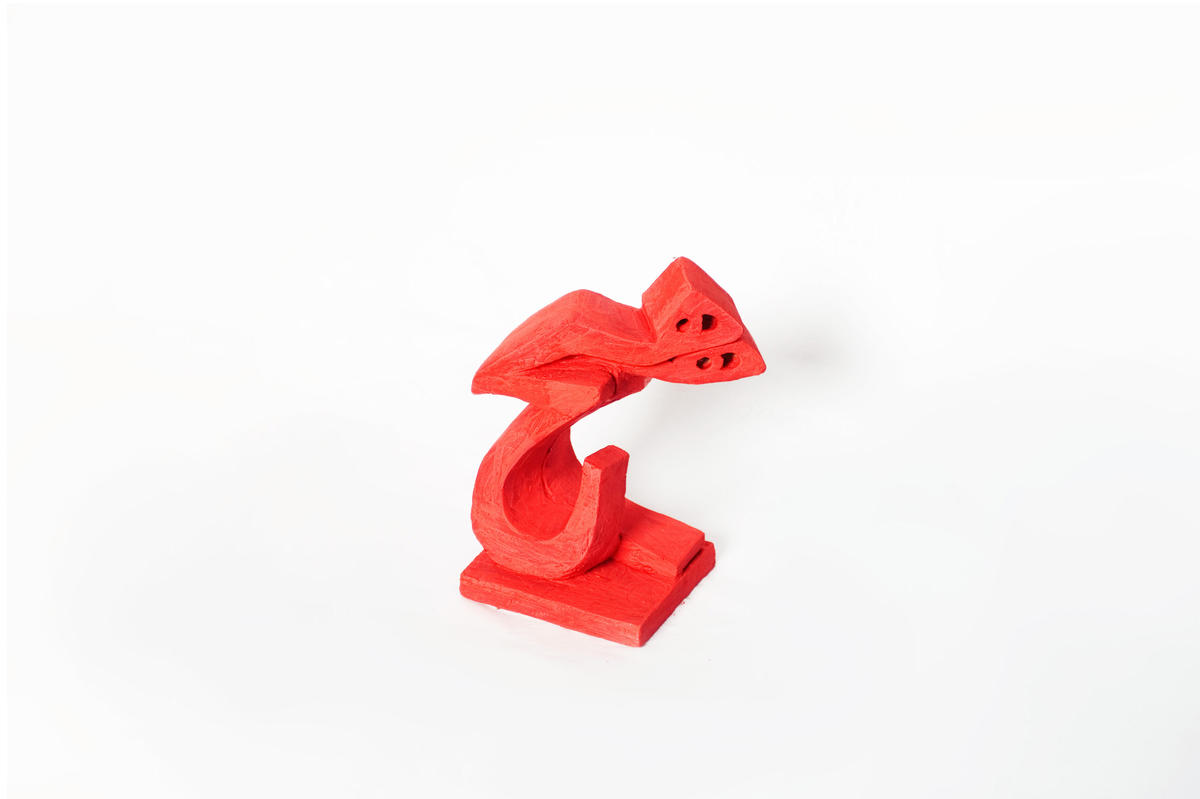
In an art scene wracked with identity opportunism and the lure of the lucrative, the more morally inclined might raise the charge of complicity, insisting that the only way for artists to salvage something of themselves would be for them to stay home, resisting the imposition of those terrible terms, which relegate them to the role of cultural contractors. But the futility of such a position lies in the failure to recognize the pervasiveness of a structure that — all the pretty prospects of cultural policies considered — seems to be firmly in place. The first thing to face, then, is that if the bazaar is found to be ubiquitous, withdrawal ceases to be an actual option.
Those who would seek to pack entire subcontinents into the confines of a couple of white cubes are invariably undone by their ambitions. International curators come to a region to carry out combing operations, and even though they scan the scene quite stringently at times, they often settle for a cast of usual suspects to provide the iconography for their museumization of that region. Even the most benevolent of biennials suffers from an insularity whose preoccupations can’t seem to move past the postcolonial.
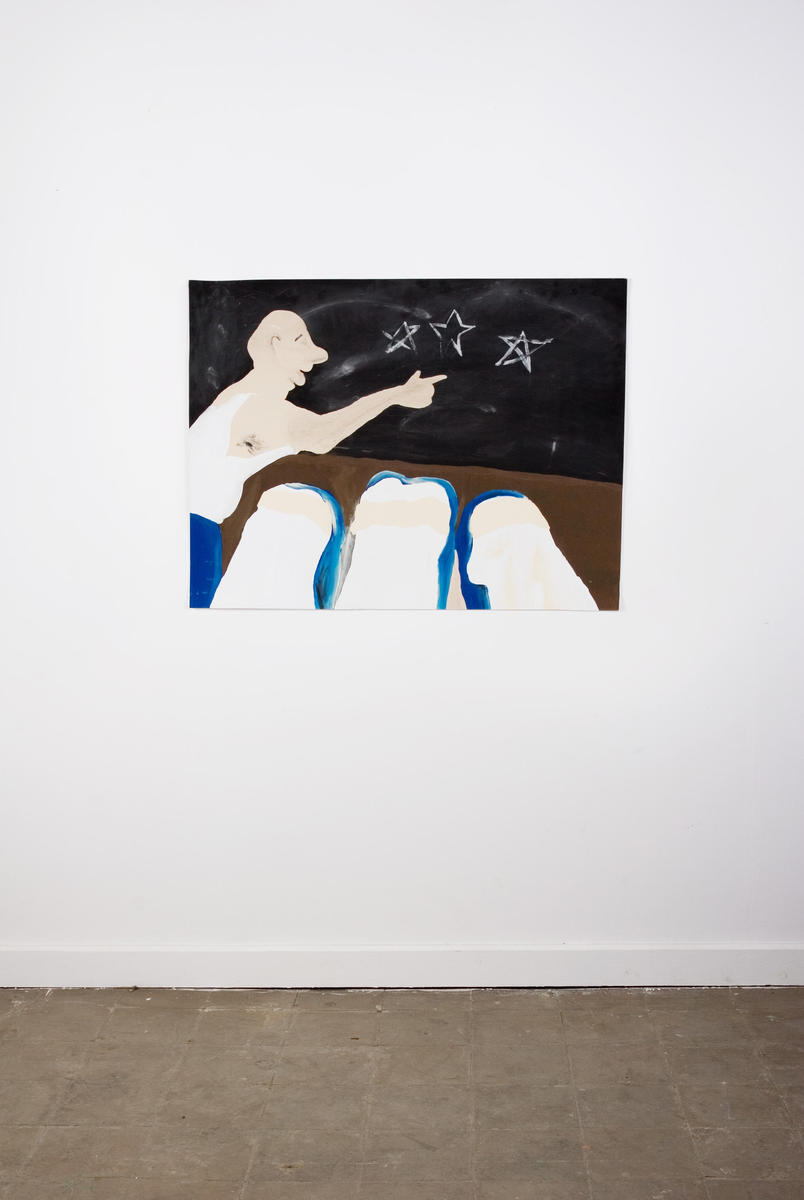
Thinking about these things, I recalled a conversation I had with Sherif El Azma about the day he opened his cupboard at his studio in downtown Cairo to find his 2004 Kenya Tapes still lying there. The videos had been left there for a while, ongoing, overlooked, excluded. At that time, Cairo was still considered to be part of the Middle East — North Africa hadn’t entered the dialogue just yet.
Well, it has now.
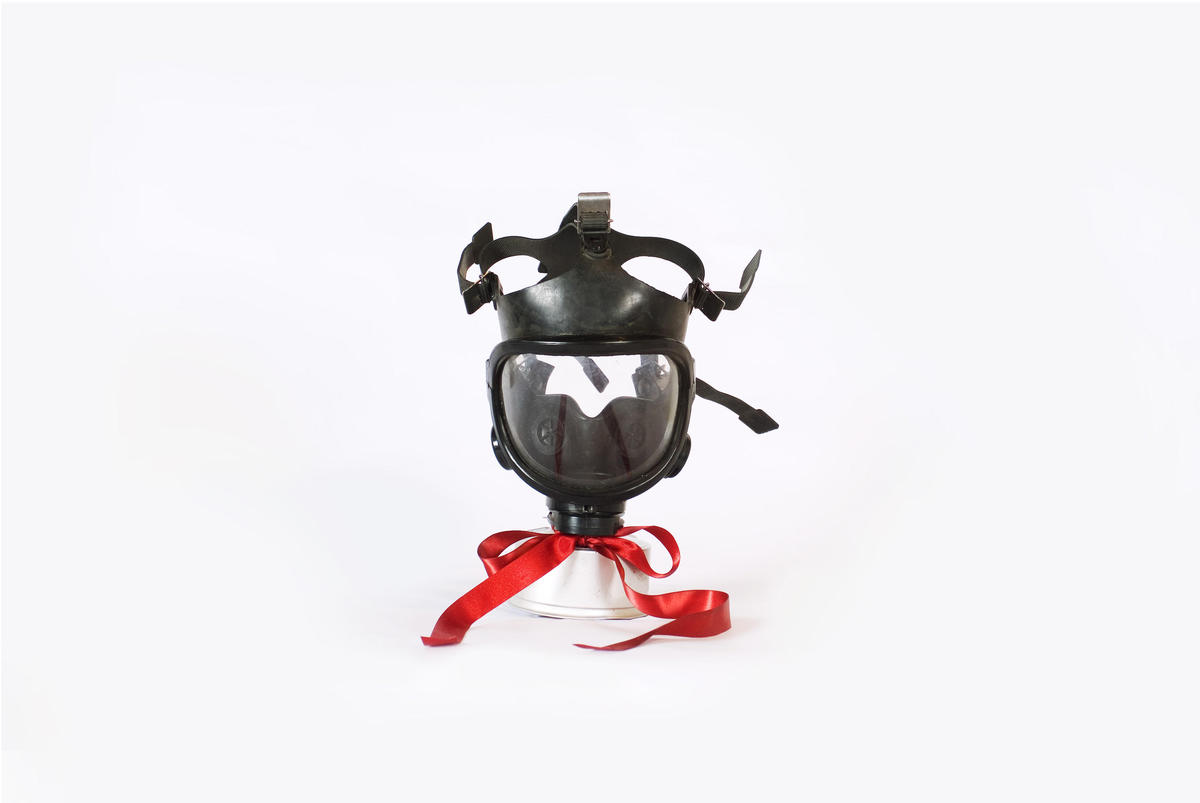
Works that land outside the circuits of consumption are ultimately powerless; if they don’t find an audience for themselves, they can have no impact, they don’t matter. Given that the market is everywhere — this is my take, anyway — their failure to get commodified, to attach themselves to an ethnic or national agenda and offer themselves up as art objects in that way, keeps them from entering the public view. This forecloses any claims of the works’ actual autonomy. Brave as they might have been at birth for not conceding to market control, they still don’t seem to stand on their own, and require the consent and courtesy of exhibitions to walk them out as “emerging” into the world and put them into circulation.
But despite the absence of these works in the global art scene, their ontological existence as contents of a cupboard is crucial, given the current condition of ethnic market exhaustion. Even as they lack visibility, they possess a strange tension that is, at the most basic level, a covert confrontation with a flawed cause. Their infidelity to the notion of a fixed or fitting identity gives them the elasticity to move across and outside the constraints of categories. It is precisely for having fallen in the fissures that these works act out an aching and even arrogant ambivalence toward the market that couldn’t capture or contain them. In this state of suspension, the extent of their power is not limited, but latent, ambiguous, and unknown. The question, then, is how these works are found, how they slip into view, what structures they stand on, and what mechanisms they employ to enter and trouble the dominant world.
—Nida Ghouse
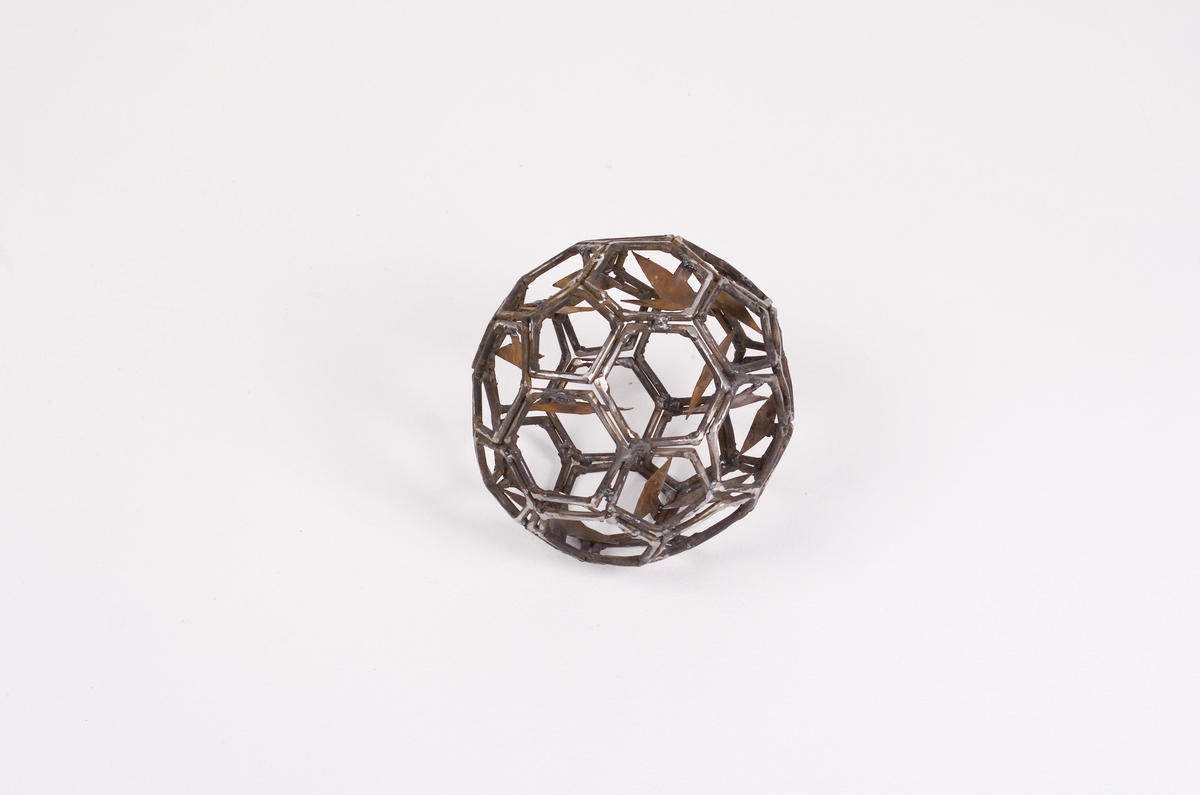
When I first began traveling to residencies, mobility was deeply connected, in my mind, to professionalism: the more mobile the artist, the more professional he was. The more you were selected to participate in international exhibitions, the more professional you were. At least, that’s how it looked to me back then.
My early professional career was marked by a heavy influx of international curators visiting the local Egyptian scene. These were often curators who defined their approach via anthropological and ethnographic criteria. I definitely felt like I didn’t belong to that niche, nor did I care to be pigeonholed in that manner. Their exhibitions all seemed to present artworks as samples within a vast archive of a specific scene in a specific region. The relationship between the artist and curators in that setting seemed to be functional, perfunctory, and superficial. A whiff of exploitation and cynicism was in the air. Even if one were to treat those endeavors on the basis of their own claims (an exhaustive and comprehensive archival image of a geographical location), they were severely deficient.
As a result, residency programs seemed to be more likely to give me what I needed at that time: mobility, production facilities, and more experience as an artist. Although I was aware that residencies were also often based upon ethnic and geographical criteria, I had less of a problem taking part in them than I did sitting with a curator to select some token work to fit into a large-format regional group show. My reasons might seem very abstract, but I find the artist-curator relationship that leads to the standard white-cube exhibition format even more problematic. The white cube’s claim of being a neutral space in which to host art objects leads to an objectification based upon the structural authority of that white cube. The artist is therefore objectified in parallel to the art object.

Still, a growing sense of disillusion with residency programs set in. To start, many demands are made upon the resident artist — demands from many different quarters, ranging from the expectations of the average visiting audience member to the cultural sections of funding embassies or the hosting professional cultural institution. The artist is expected to do one of two things: to represent or perform his or her own cultural background, or to explore the hosting cultural milieu. Both are choices that I found equally uninteresting. I was just looking for decent working conditions, new stimuli, and interaction with a different cultural scene.
Although the claim is often made that residencies serve the artist first and foremost, the fact is that they are equally important for institutions and galleries to function. Residencies have become an important part of the art industry, especially given the large number of contemporary artists who are not readily marketable, whose work is based upon long periods possibility of their work to feed back and enrich the cycle of artists, while allowing the of research and/or is more conceptual. The industry needs to absorb these large numbers with production and exhibition-making. The production residency becomes the perfect circuit for that, making sure that those practices remain under the watchful eyes of the institution. (Artists are thus prevented from establishing their own alternative economy.)
And there are hierarchies. Is it me, or are residencies almost always for “emerging” artists? What does that mean, anyway? The subtext here is that artists coming from fucked-up countries have to travel to the West to learn how to be professional. (This is, of course, never announced in an open call for applications.) In this kind of system, it’s impossible for you to be seen as an equal in the scene in which your residency is hosted; the institution will always present you as someone gaining experience and learning. Although residencies do play a role in knowledge production, it’s never acknowledged that this is a reciprocal interaction, and that all parties, including the local scene and the hosting institution, benefit from this arrangement.
The artist gives the scene an international profile and raises its standing and significance. It helps entrench the image of an institution that promotes core values of neoliberal global culture, like diversity and cultural development. At the same time, there are double standards. The attitude of the institution toward its primary activities — for example, the standard exhibitions it puts on — is very different from the manner in which it chooses artists to take part in its residency program. In a way, this double standard represents a form of institutional blindness that, other than being demeaning and cynical toward the visiting artist, is a reformulation of the hierarchies implicit in the ethnographic and regional shows that I earlier rejected.
The best idea, in my eyes, is a sort of curated residency in the form of a commission from the institution and a truly engaged interest, on the part of the institution, in the artist and his or her practice: a dialogue between curator and artist. This is admittedly very rare, mostly because these institutions get their funding from local pools that are highly politicized. Given that, standard residencies at least force you, as the artist, to experience firsthand, to live through, the dynamics of human and artistic packaging. Rather than your artwork being placed in a gallery as an object that stands in for your very own objectification, as a resident you are a living, breathing, thinking, physical being. And that may be one of the first criteria for pushing back, for resistance.
—Mahmoud Khaled, as told to Hassan Khan